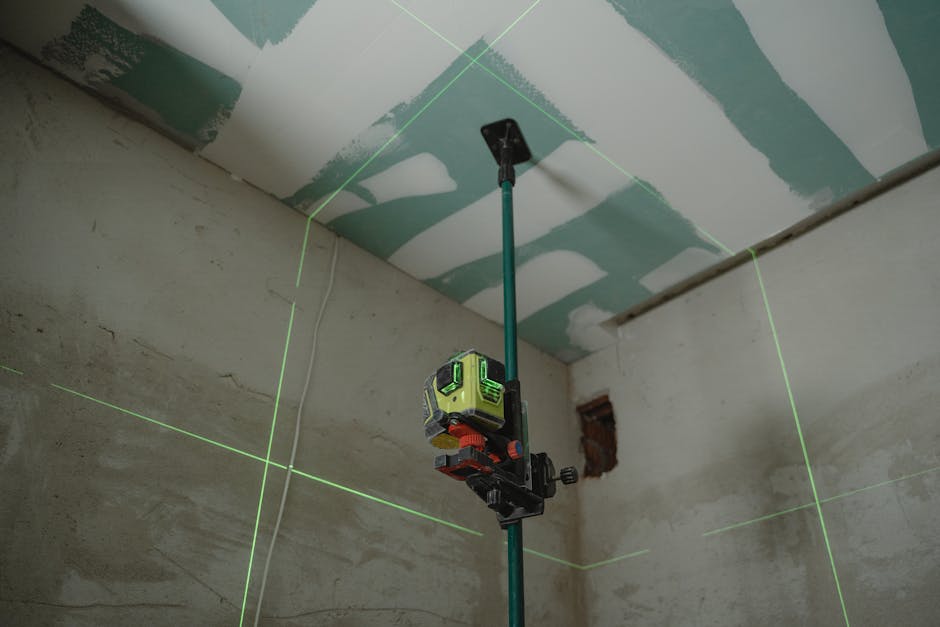Current Air Quality in Kurla, Mumbai
Kurla, a bustling suburb of Mumbai, has recorded an Air Quality Index (AQI) of 153, placing it in the “moderate” category. While this may not signal an immediate health emergency, sensitive groups—including children, the elderly, and those with respiratory conditions—should take precautions. Here’s what you need to know about Kurla’s air pollution, its sources, and protective measures.
Understanding the AQI Scale
The AQI measures air pollution levels from 0 (cleanest) to 500 (most hazardous). Key thresholds:
– 0–50 (Good): Safe for all.
– 51–100 (Satisfactory): Mild risk for sensitive individuals.
– 101–200 (Moderate): Breathing discomfort for vulnerable groups.
– 201+ (Poor to Severe): Increasing health risks for everyone.
At AQI 153, Kurla’s air quality poses risks for people with asthma, heart disease, or weakened immunity.
Causes of Poor Air Quality in Kurla
- Traffic Emissions: Heavy vehicles and auto-rickshaws release PM2.5 and NO₂.
- Construction Dust: Ongoing metro projects and urbanization add particulate matter.
- Industrial Pollution: Factories without proper filters emit harmful chemicals.
- Weather Trapping Pollutants: Mumbai’s humidity and low wind speed prevent pollutant dispersal.
- Open Waste Burning: Illegal garbage fires worsen air toxicity.
Health Risks of AQI 153
- Worsened asthma, bronchitis, or COPD symptoms.
- Eye irritation and throat inflammation.
- Long-term exposure may reduce lung function.
How to Protect Yourself
- Wear N95 masks outdoors.
- Limit exercise or walks during rush hours (8–11 AM, 5–8 PM).
- Use air purifiers with HEPA filters at home.
- Check real-time AQI via SAFAR or IQAir.
Long-Term Solutions Needed
- Strict industrial regulations and cleaner public transport.
- Green zones with trees to absorb pollutants.
- Penalties for illegal waste burning.
Conclusion
Kurla’s moderate AQI demands caution. Stay updated on pollution levels and advocate for cleaner air policies.
— NextMinuteNews




